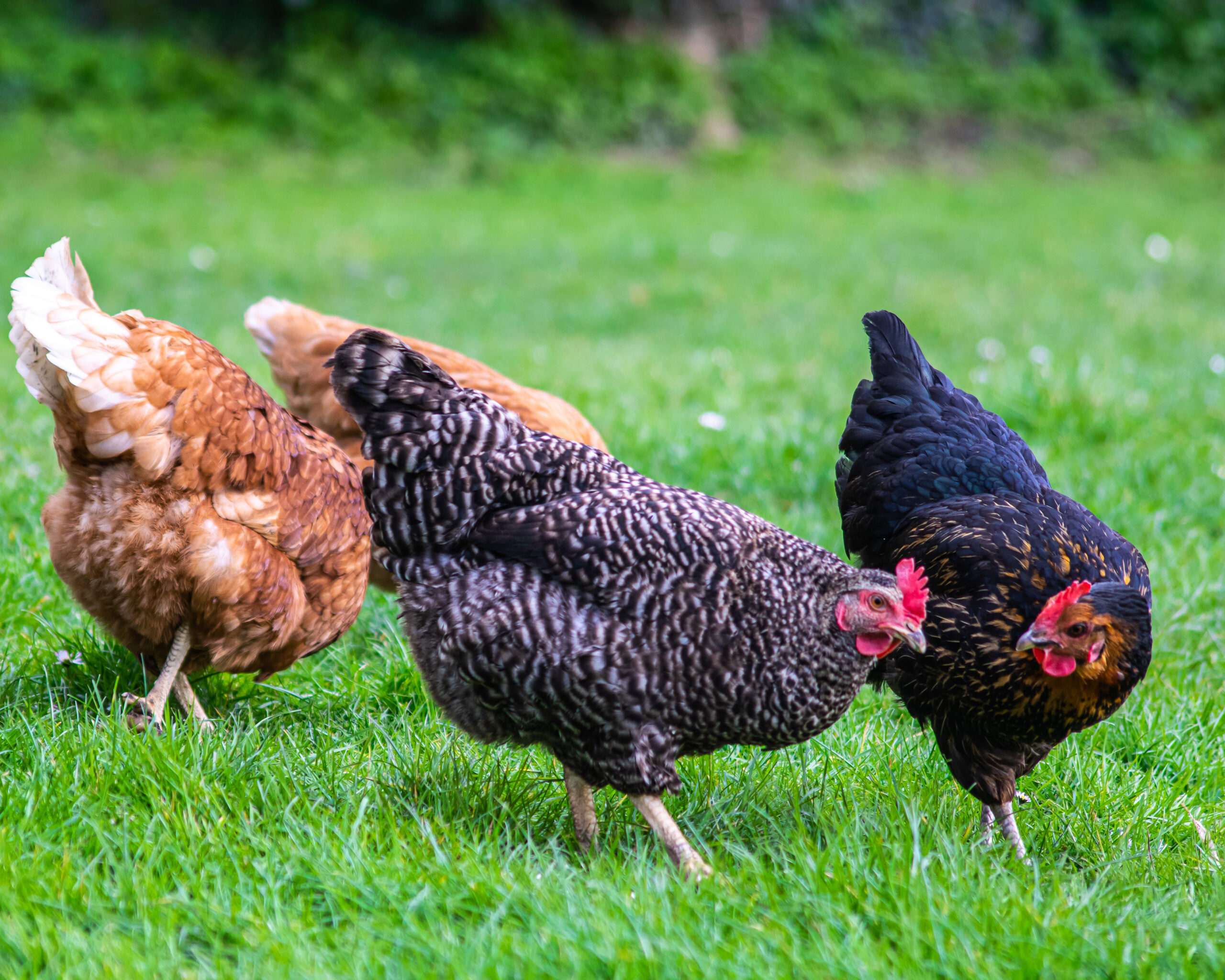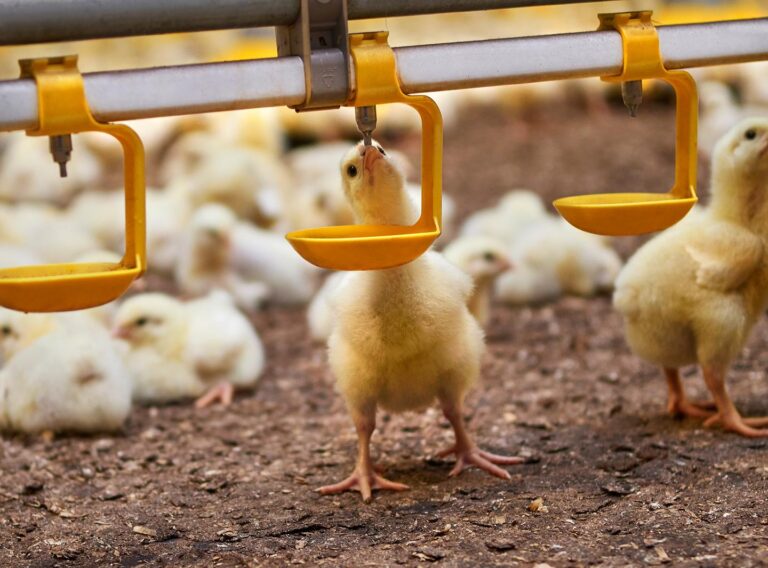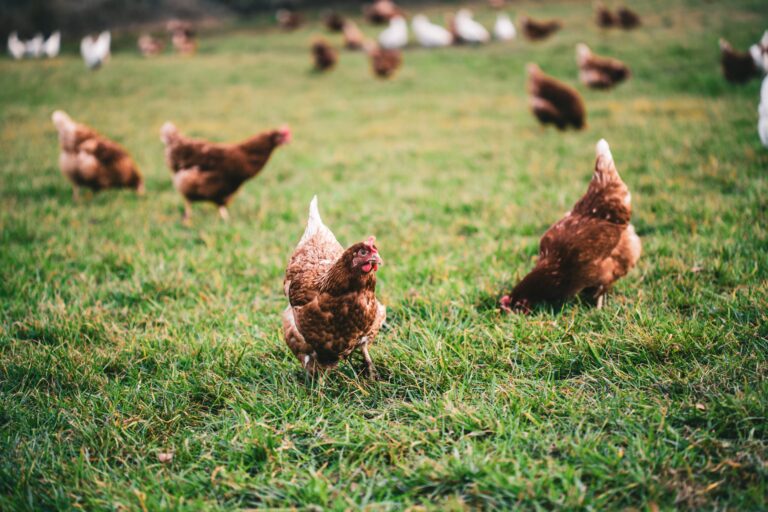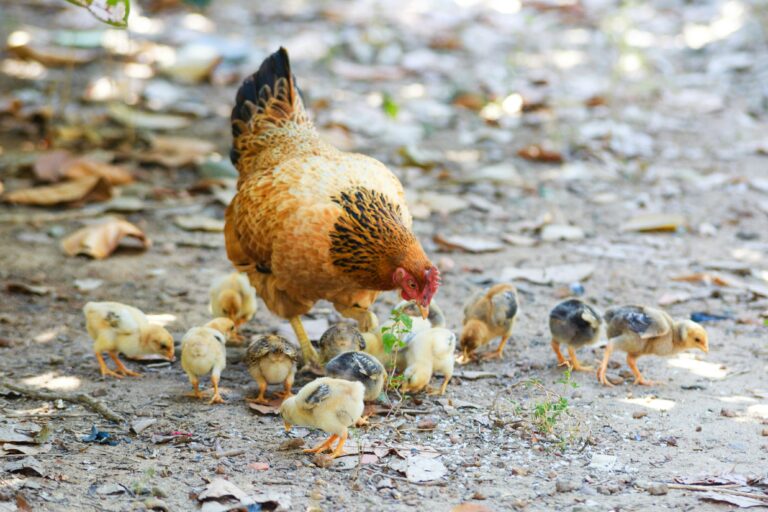Clean and safe poultry housing is essential for bird health, egg quality, and disease prevention. Whether you’re a small-scale farmer or managing a large commercial setup, proper poultry housing plays a critical role in poultry performance. This blog covers best practices, modern updates, and hygiene tips to help you build and maintain the perfect poultry environment.
Why Poultry Housing Cleanliness Matters
Disease Prevention
Unclean poultry housing encourages the spread of infections like coccidiosis and avian influenza. Clean environments lower these risks. According to the FAO guidelines on poultry housing, maintaining proper hygiene is the first defense against poultry diseases.
Enhanced Productivity
Birds living in clean and comfortable conditions eat better, grow faster, and lay more eggs. This translates to higher returns for poultry keepers.
Food Safety Compliance
Government regulations require poultry farms to maintain high hygiene standards. Clean poultry housing ensures your business meets food safety standards and avoids penalties.
Daily Poultry Housing Maintenance Tips
Remove Droppings and Wet Bedding
Moisture and waste increase ammonia levels, which harm birds’ respiratory systems. Use absorbent bedding like wood shavings and change it daily.
Clean Feeders and Drinkers
Bacteria thrive on leftover food and dirty water. Wash feeding equipment daily using warm water and natural solutions like vinegar.
Ensure Proper Ventilation
Ventilation reduces heat, ammonia, and moisture buildup. Install exhaust fans or create openings for cross-ventilation in your poultry housing design.
🔗 Related Post: Poultry Health Services – Disease Prevention & Biosecurity
Deep Cleaning Between Poultry Batches
Step 1: Clear the Space
Remove all movable items like feeders, perches, and nests.
Step 2: Wash and Scrub
Use a pressure washer to clean the walls, ceilings, and floors. Natural lime wash or hydrogen peroxide can be used as a disinfectant.
Step 3: Dry the Housing
Ensure the coop is fully dry before bringing in a new batch of birds. Moisture encourages mold growth and bacteria regrowth.
Step 4: Refill Fresh Bedding
Use dry, clean litter like sawdust, paddy husk, or straw to cover the floors again.
Biosecurity Measures in Poultry Housing
Limit Human Access
Use biosecurity tools like footbaths, hand sanitizers, and designated farm clothes to prevent disease entry.
Isolate New Birds
Quarantine new birds for at least 2 weeks. Observe them for symptoms before merging them with the main flock.
Prevent Pests
Install rodent-proofing, keep feed sealed, and clean spillage quickly. Rodents and insects are disease carriers.
🔗 Learn more: Veterinary Support for Poultry Farmers
Latest Updates in Poultry Housing (2025)
Smart Ventilation Systems
IoT-based fans and monitors now help automatically adjust airflow and temperature in modern poultry housing.
Herbal Cleaners
Eco-friendly herbal solutions like neem oil and turmeric sprays are used as natural disinfectants.
Probiotic Surface Treatment
Instead of using harsh chemicals, probiotic-based cleaners balance the microbial environment inside the poultry shed.
Solar-Powered Sanitation
Farmers are now using solar-powered disinfectant sprayers to sanitize large coops more efficiently.
🔗 Refer to: The Poultry Site – Housing and Welfare
Maintaining clean and safe poultry housing is essential for your birds’ health and productivity. Following daily cleaning routines, applying deep cleaning between batches, and implementing strong biosecurity protocols will help you avoid costly disease outbreaks. Adopt the latest innovations like herbal disinfectants and smart monitoring tools to stay ahead in 2025. A clean coop means healthier birds, happier farmers, and a safer food supply.




